There are numerous similitudes between front-end, back-end and full-stack development, varying from pay rates, vocation life span to employment opportunities. In this guide, we help you distinguish between all three sides of web development.
Table of Contents
What Is Web Development?
At its generally fundamental, web advancement (which includes front-end, back-end and full stack) is building up a site for the web. It’s advancement, by and large, alludes to the more non-plan part of a site, which incorporates utilising programming, markup and scripting dialects to make highlights and usefulness. Engineers centre around the specialised piece of building a site, for example, developing the design, programming and coordinating applications and illustrations.
Types of Web Development
Back end, front end, and full-stack web improvement are three separate profession ways that can now and again feel muddied in the innovation space. Set forth simply, back end designers are centred around information, demonstrating, and the back finish of a site. Front end designers help manufacture what clients associate with and see. A full-stack designer does a few or the entirety of the above mentioned.
Front End Development
Front end advancement is the piece of web development that codes and makes front end components of a site, which are highlights that are straightforwardly perceptible and open by the end-client or customer. Basically, a front end engineer is answerable for all that you see and attempts to improve the client experience to guarantee it is consistent. They help make the general plan and tasteful, notwithstanding investigating and utilising static code examination.
Front End Developer Skills
Front end engineers are liable for actualising visual segments on a site just as intelligent highlights like route, catches, or anything that upgrades in general ease of use. HTML, JavaScript and CSS are regularly used to ensure the visual side (or customer side) of a site runs easily so clients can connect openly and serenely with it . Albeit some front end engineers handle website composition, others work from a website specialist’s models.
A portion of the abilities needed for a front end designer work include:
- A decent handle of front end programming dialects
- The capacity to make a responsive plan
- Information on testing and troubleshooting
A comprehension of front-end advancement apparatuses and highlights like robotization, content administration frameworks, adaptation control frameworks, APIs, and structures.
Front End Developer Jobs
Front end occupations range from designers who have aced a particular coding language to the individuals who have a scope of aptitudes past the front end. Since the front end includes visual feel, these positions may likewise incorporate visual computerisation and substance. Numerous abilities cover between the various positions, and explicit titles may mean various things to each organisation.
Front End Jobs:
- Front End Developer
- CSS/HTML Developer
- Front End Web Designer
- Front End SEO Expert
- Full-Stack Developer
- UI Developer
Front end Languages: The front end divide is worked by utilising a few dialects which are examined underneath:
HTML: HTML represents HyperText Markup Language. It is utilised to plan the front end part of pages utilising markup language. HTML is the union of Hypertext and Markup language. Hypertext characterises the connection between the website pages, it can be one or more. The markup language is utilised to characterise the content documentation inside label which characterises the structure of pages.
CSS: Cascading Style Sheets affectionately alluded to as CSS is an essentially planned language proposed to disentangle the way toward making site pages respectable. CSS permits you to apply styles to website pages. All the more significantly, CSS empowers you to do this autonomous of the HTML that makes up each site page.
JavaScript: JavaScript is a celebrated scripting language used to make the enchantment on the destinations to make the site intuitive for the client. It is accustomed to improving the usefulness of a site to running cool games and online programming.
Front End Frameworks and Libraries
Angular JS: AngularJs is a JavaScript open-source front-end system that is basically used to create single-page web applications (SPAs). It is a ceaselessly developing and growing structure that gives better approaches to creating web applications.
It changes the static HTML to dynamic HTML which helps us. It is an open-source venture which can be uninhibitedly utilised and changed by anybody. It broadens HTML ascribes with Directives, and information is bound with HTML.
React.js: React is a revelatory, proficient, and adaptable JavaScript library for building UIs. ReactJS is an open-source means anyone can see and can make a change, part-based front end library capable just for the view layer of the application. It is kept up by Facebook.
Bootstrap: Bootstrap is a free and open-source apparatus assortment for making responsive sites and web applications. It is the most mainstream HTML, CSS and JavaScript structure for creating responsive, versatile first sites and effective sites.
jQuery: jQuery is an open-source JavaScript library that disentangles the associations between an HTML/CSS archive, or all the more correctly the Document Object Model (DOM), and JavaScript. Explaining the terms, jQuery streamlines HTML record navigating and control, programme function taking care of, DOM activity, Ajax collaborations, and cross-program JavaScript improvement.
Backtalk: It is the most solid, full-grown and strong CSS expansion language. It is utilised to broaden the usefulness of a current CSS of a site including everything from factors, to legacy and to settling effortlessly etc. Some different libraries and systems are Semantic-UI, Foundation, Materialise, Backbone.js, Express.js, Ember.js and so forth other libraries.
Front End Development Salaries
As per Salary.com, the normal front end engineer pay in the US is around $119,200 and goes somewhere in the range of $95,700-$140,000. Their normal compensation is $144,200 in New York, $149,400 in San Francisco, and $130,400 in Seattle. Compensations are regularly founded on a blend of schooling, experience, and industry.
Back End Development can be Defined
Back end improvement is suitably named for web advancement that happens at the back finish of projects. As opposed to front end improvement, which centres around client confronting items and projects, back end advancement tends to worker side web application rationale and coordination.
Back end engineers compose code to support an information base and application convey. Basically, a back end designer handles what you don’t see; they are responsible for the back finish of a site, which incorporates workers, information bases and applications.
Back-End Developer Skills
Back end designers are liable for making pages and applications work through back end dialects and structures, for example, Java or Ruby on Rails. They likewise screen how the site is functioning and make changes and updates to improve the in the background usefulness.
A portion of the abilities needed for back end designer occupations include:
- Information base administration
- System use
- Programming
- Information on availability and security consistence
Back End Developer Jobs
Back end engineer occupations normally require solid information on programming. A few organizations search for engineers who have top to bottom aptitudes with a particular language, while others may require the capacity to program in various dialects. A more modest association may need somebody who can work both the back and front end, at the end of the day, a full-stack engineer.
Back End Jobs:
- Back End Developer
- Java Developer
- Full-Stack Developer
- DevOps Engineer
- Programming Engineer
- iOS Developer
Back-End Languages: The back end parcel is worked by utilising a few dialects which are talked about beneath:
PHP: PHP is a worker side scripting language planned explicitly for web improvement. Since PHP code executed on the worker side so it is called worker side scripting language.
C++: It is a universally useful programming language and broadly utilised nowadays for serious programming. It is additionally utilised as backend language.
Java: Java is one of the most mainstream and broadly utilised programming language and stage. It is profoundly adaptable. Java parts are effectively accessible.
Python: Python is a programming language that lets you work fast and incorporate frameworks all the more productively.
JavaScript: JavaScript can be utilised as both (front end and back end) programming dialects.
Node.js: Node.js is an open-source and cross-stage runtime climate for executing JavaScript code outside of a program. You have to recall that NodeJS isn’t a structure and it is anything but a programming language. A large number of individuals are befuddled and comprehend it’s a structure or a programming language.
We regularly use Node.js for working back-end administrations like APIs like Web App or Mobile App. It’s utilised by huge organisations, for example, Paypal, Uber, Netflix, Wallmart, etc.
Backend includes database also
Database: Database is the assortment of between related information which helps in effective recovery, inclusion and deletion of data from database and organises the data in the form of tables, views, schemas, reports etc.
Oracle: Oracle database is the collection of data which is treated as a unit. The purpose of this database is to store and retrieve information related to the query. It is a database server and used to manages information.
MongoDB: MongoDB, the most popular NoSQL database, is an open-source document-oriented database. The term ‘NoSQL’ means ‘non-relational’. It means that MongoDB isn’t based on the table-like relational database structure but provides an altogether different mechanism for storage and retrieval of data.
SQL: Structured Query Language is a standard Database language which is used to create, maintain and retrieve the relational database.
Back End Frameworks:
The rundown of back end systems is Express, Django, Rails, Laravel, Spring and so forth. The other back end program/scripting dialects are C#, Ruby, REST, GO and more.
Back End Development Salaries
As per Indeed, the normal US base compensation for back end engineers is around $127,200. The normal back end engineer compensation is about $141,250 in New York, $159,700 in San Francisco, and $116,275 in Austin. Compensations are frequently founded on a mix of schooling, experience and industry.
The term full-stack alludes to the sum of a PC framework or application. Full-stack designers have insight and skill with both front-end and back-end web advancement. They are capable in all phases of programming improvement; from starting ideas to UX plan, usage, activities and information assortment, full-stack designers do everything! To deliver a completed item, full-stack designers utilise their insight into numerous programming dialects like HTML, CSS, JavaScript, Ruby and then some.
How Full-Stack Combines Back-end and Front-end Development?
Back-end advancement alludes to the legitimate, inward confronting code that drives the usefulness of a site. Back-end designers are answerable for the worker side web application, just as the reconciliation of front-end code. They transform useful models into a versatile framework that can withstand a large number of solicitations every moment.
Then again, front-end advancement controls the obvious, client confronting experience. Front-end engineers have an aptitude in making outwardly satisfying, natural, and intelligent plans, and regularly work with planners to guarantee that a site is practical for the client.
Full-stack designers utilise the aptitudes of both back-end and front-end engineers. They can not just make intelligent, practical code that drives the site, yet they additionally produce code that outcomes in a positive client connection, and ease of use.
Popular Stacks:
- MEAN Stack: MongoDB, Express, AngularJS, and Node.js
- MERN Stack: MongoDB, Express, ReactJS, and Node.js
- Django Stack: Django, Python, and MySQL as Database
- Rails or Ruby on Rails: Uses Ruby, PHP, and MySQL
- LAMP Stack: Linux, Apache, MySQL and PHP
Why Become A Full-Stack Developer?
At the point when work searchers consider new profession moves, two of the essential thought are pay and opportunity. Those considering a vocation in full-stack improvement will be satisfied to discover that open doors are significant and worthwhile.
As per Glassdoor, there are as of now several openings for passage level full-stack designers in the United States. With pay rates beginning around $50,000 every year, obviously, aptitudes in both front-end and back-end web advancement can pay off!
The benefit of being a full stack web engineer is:
- You can ace all the procedures associated with an improvement venture
- You can make a model quickly
- You can give assistance to all the colleagues
- You can lessen the expense of the task
- You can lessen the time utilised for group correspondence
- You can switch among front and back end improvement dependent on prerequisites
- You can more readily see all parts of new and impending advances
Disadvantages:
- The arrangement picked can not be right for the venture
- The arrangement picked can be reliant on engineer aptitudes
- The arrangement can produce a key individual danger
- Being a full-stack designer is progressively perplexing
Talented front-end engineers and back-end designers are sought after, and those with experience and a solid portfolio can land lucrative situations at new companies, enormous associations, and not-for-profits. We just need to see whether they fit in customer experience metrics.
Acing front-end coding or back-end coding can mean an extremely brilliant and secure future, however, where do you start?
Responding to a couple of inquiries will assist you with choosing whether you want to zero in on the worker side or customer side of a site and which best accommodates your aptitudes, objectives, and interests.
To read more about Web Development, click here.
By Akhil Sharma

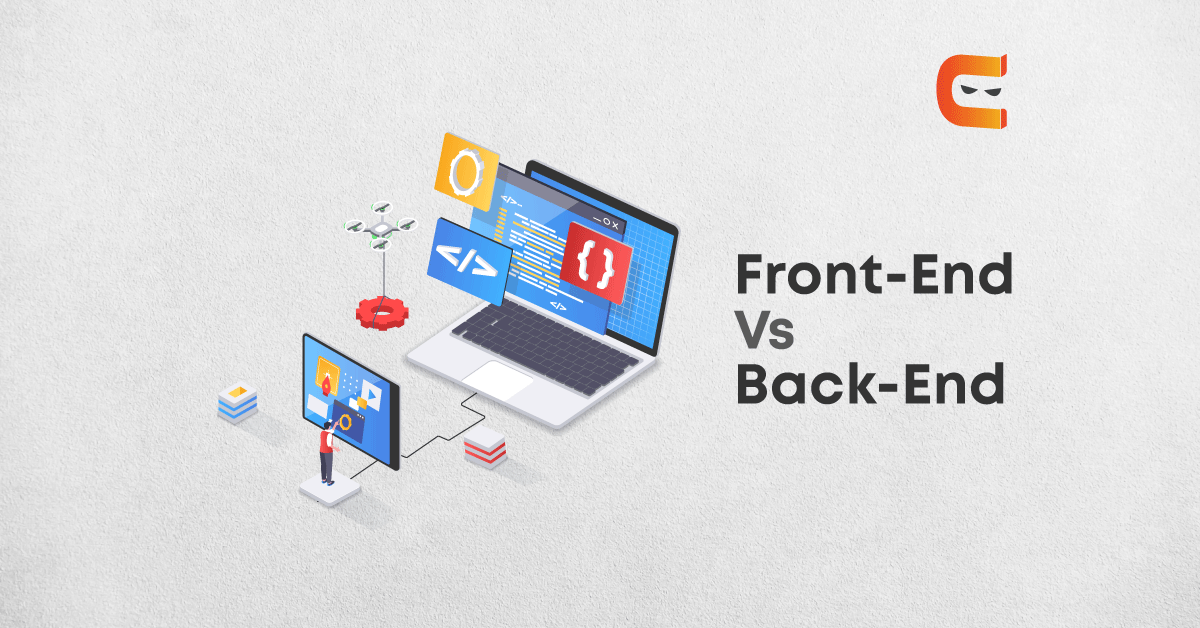


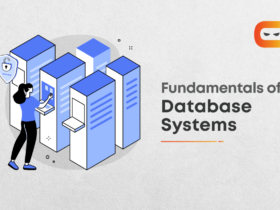
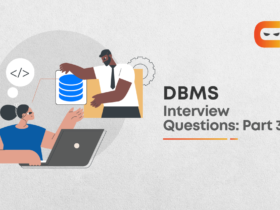
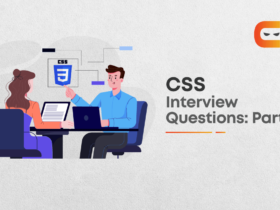
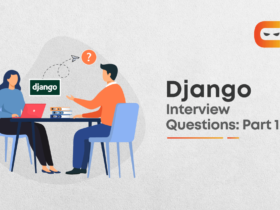







Leave a Reply